Click to enlarge
Over the past few months I have been digging a new swale to help deal with the minimal rainfall we can get, to the maximum run-off. Which is why its so wide and shallow. This swale receives all the run-off from around the house and is designed to run past the mulberry tree and mango, way in the background. I still have some digging to do!
The "berm" is the mound side of the swale where all the dirt gets dumped, and is great for planting shrubs and trees in, as they can take advantage of the stored water and benefit the swale by draining it slowly, over time.
Bamboo multiplex
We will plant other suitable plants in the berm, after a lot more grunt work has been done. I have managed to put in a bamboo cutting from a multiplex variety however. This variety won't grow much taller than 5 metres. It's planted on the drip-line of the mulberry tree, and will act as nutrient accumulator, chop and drop mulch, wind break and potential bird nesting site during the cooler parts of the year.
Mulberry
Designing this swale was a little challenging, as we had to take a risk with one of our fastest growing, fruit producing trees - our mulberry. We already have another mulberry tree growing in another part of the yard, so felt we could take a managed risk. Basically we had to dump dirt on its trunk, so it could become part of the berm.
While this is normally a big no-no, as you can risk collar rot on a mature tree, the dirt isn't touching the trunk, on the down side of the slope. We planted this mulberry early in the piece, before we knew anything about swales, so that's why its being incorporated into the design now.
Berm
You can see how wide the berm is, with the mulberry trunk in the foreground. Its this wide to cope with the slope, but also to give the mulberry trunk some air, so its not completely surrounded by dirt on the downside. It should grow new roots where the dirt is touching the trunk though.
The milk crate in the background, is placed over the bamboo, to stop kangaroos squashing it. They have a few trails through this area, as they love to eat the grass.
Mulch grown on-site
And don't we have plenty of grass! Before Cyclone Marcia hit the coast of Queensland, predicting some large rainfalls in our parts, we managed to mulch the swale with grass we had cut down a few weeks earlier. It was David's idea. This was shoulder-high grass and once cut and dried, made a great cover for the soil. We had no soil erosion, and mulching really kick-started this swale into immediate production.
Berm on lower, right, of grass strip
The grass grew right at the berm side, because I'd removed the topsoil to make the berm. Eventually the swale will develop more topsoil, as we mow it during the growing season. The kangaroos will help by dropping their poos when they feed here too - which they love to do. Wouldn't you want to eat near a mulberry tree if you were outside too?
Native wandering jew
We are getting things growing in the swale already, just a little slower. I noticed this native wandering jew (famous for loving moisture) has started to grow in the swale. Normally this slope would be dry after a week of sunshine, but with the swale stopping the water from going down hill, its stayed so moist and much cooler for weeks. The shade from the mulberry tree helps.
I'm loving the prospect of finally having a place in the garden I can grow comfrey! It's foiled all my attempts so far. But it should get moisture, indirect sunlight - thanks to the mulberry, and in return, the comfrey can feed this beautiful fruit tree.
Lush mulberry leaves
When I first started digging the swale, I encountered quite a few thick mulberry roots and had to cut them off. The tree became a little stressed and lost some leaves. But since we mulched and got that lovely amount of rain we did recently, the tree has returned to its lovely green self again.
Mulberries are pretty hardy trees. They're known for doing well near waterways, with temporary flooding. So I had a little confidence this tree was going to cope with the changes. I'm really happy it has, because it provides such a wonderful spot in the garden to retreat to from the sun.
In the meantime, its dig, dig, dig for me during autumn and winter to try and finish this off, before next storm season arrives.

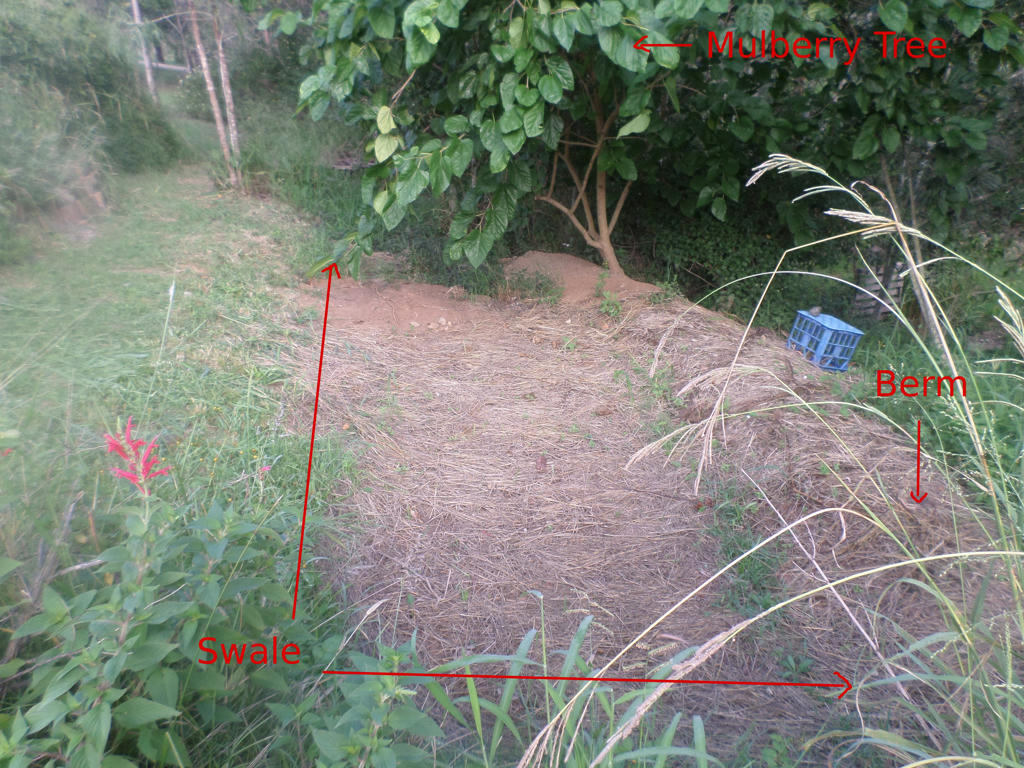
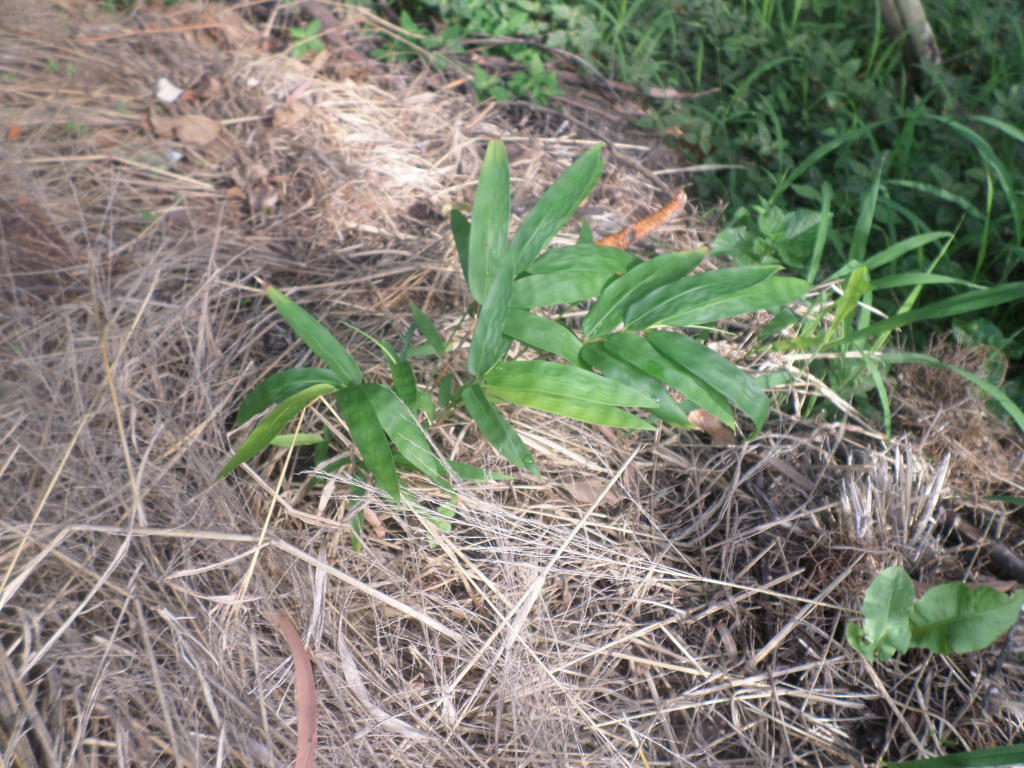
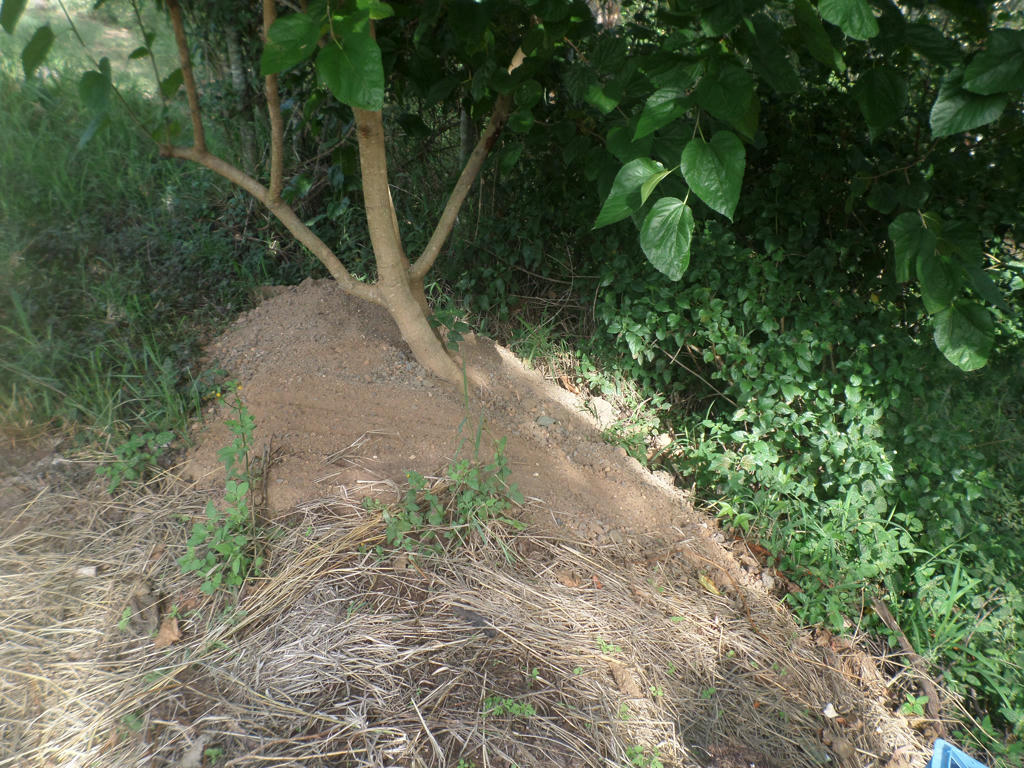

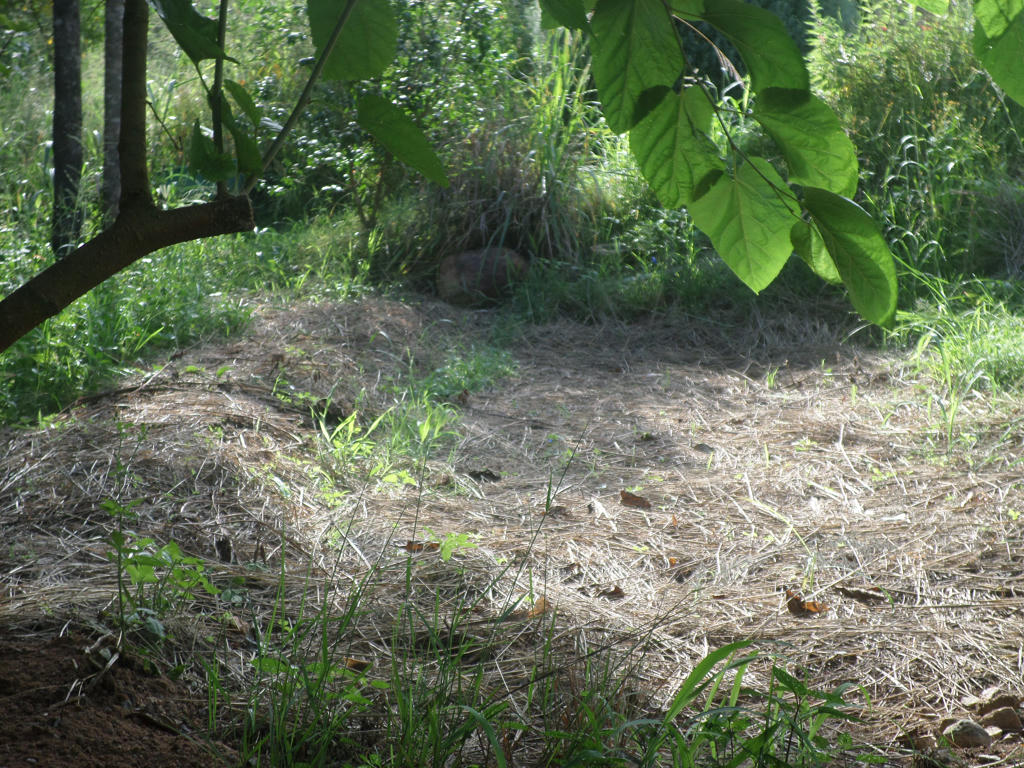
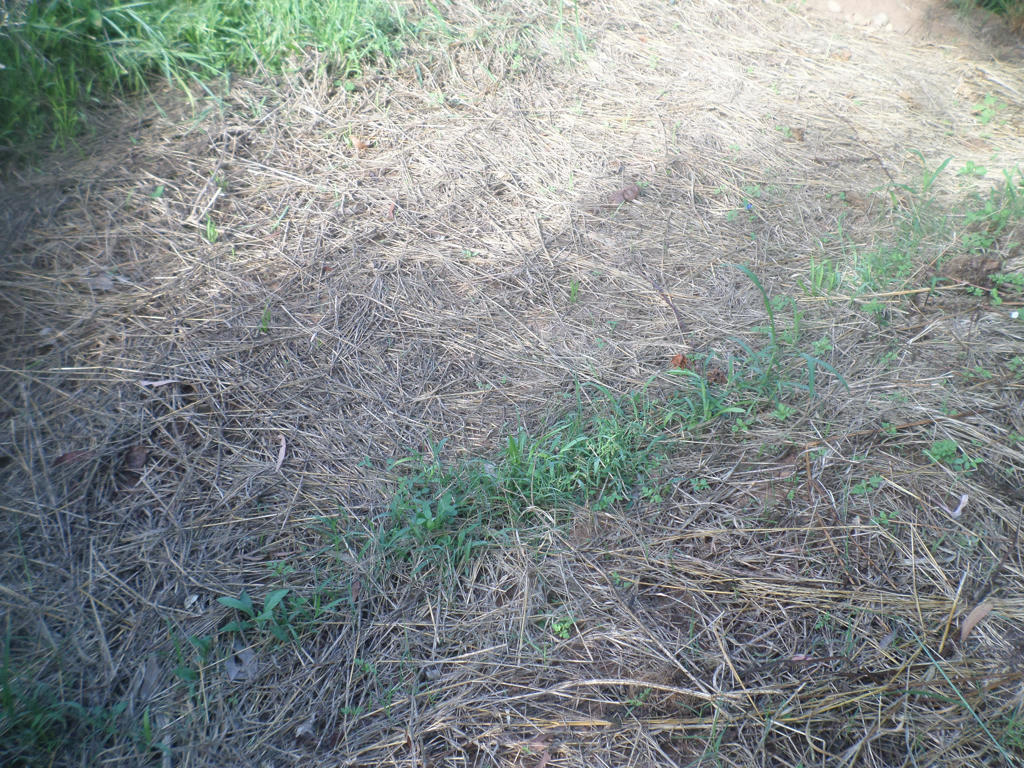
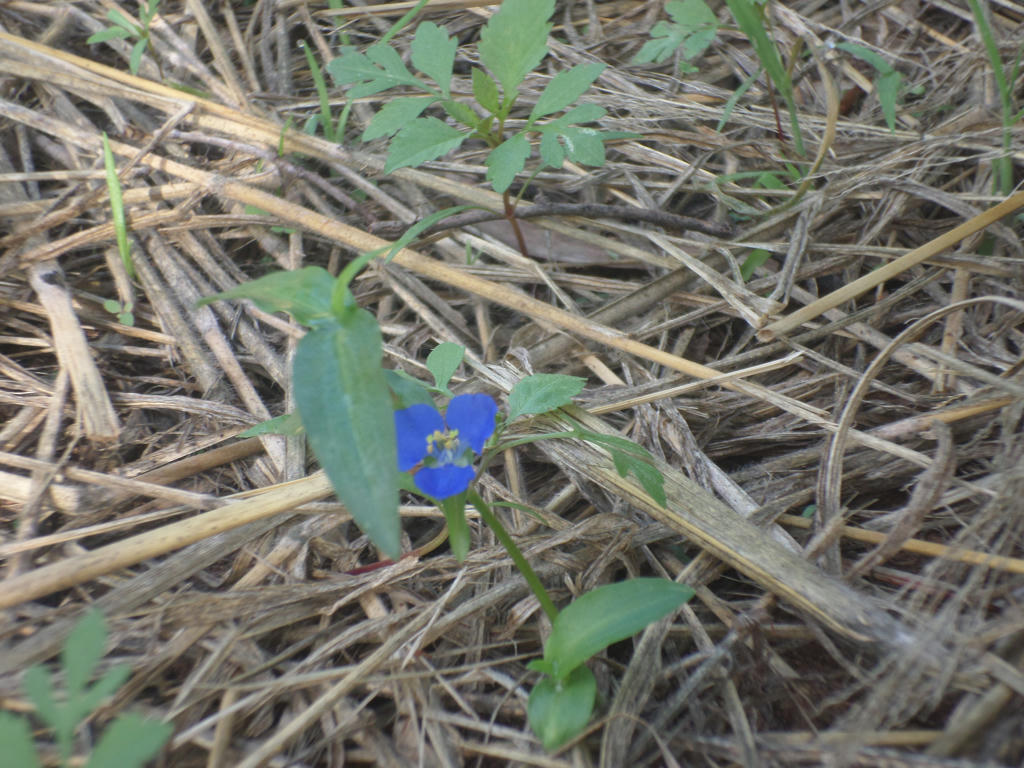
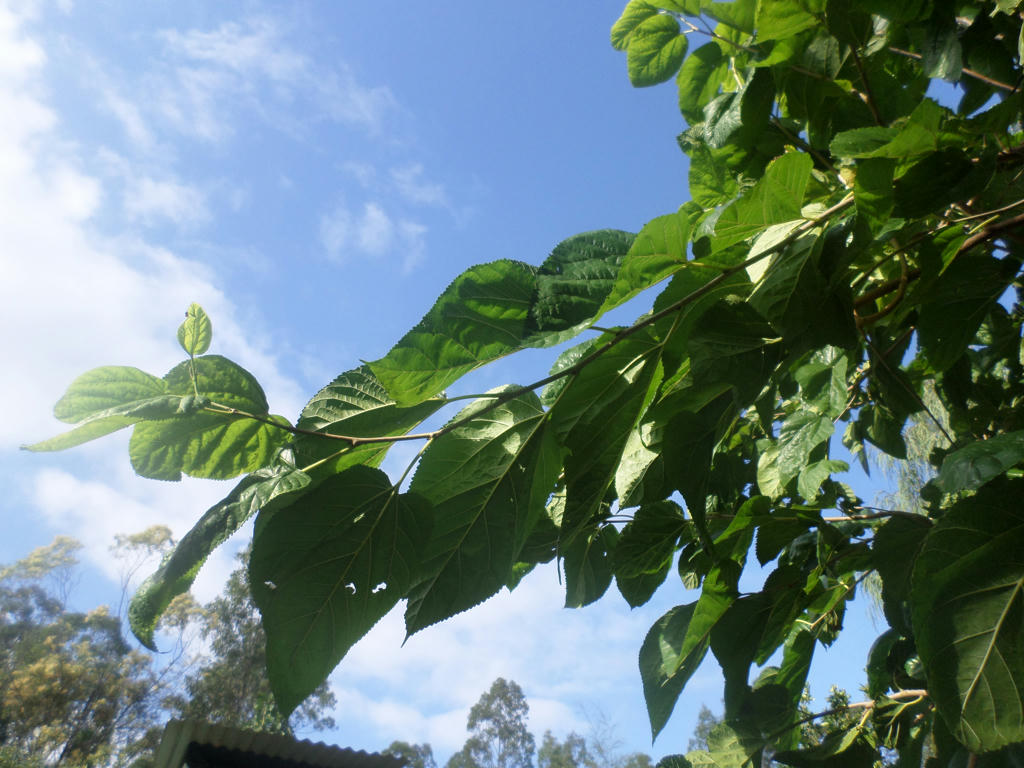
Excellent post. It's of particular interest to me because we are working on a parallel project for the same reason!
ReplyDeleteI noticed your weather follows a similar pattern to ours - long, extended periods without rain. This is where swales come into their own, and building yours will have great results where you need them. Watch how your goats feed near a swale and I bet we could agree where their "sweet spot" is. Our kangaroos have shown us lots of times where the best pickings grow. That grass is always perfectly manicured, but the rest can grow over their heads, as far as they're concerned. ;)
DeleteWonderful work here. I also wanted to plant mulberry and didn't realize that they did well in a water path. We had them all over in Chicago which once was a swamp and gets ample rain and snowfall so I suppose its a good area to grow them.
ReplyDeleteYour post makes me feel good that spring is nearly here. I don't think we need swales on our property but I believe we have natural ones anyway. I don't think we will do much more than floral gardening this year and perhaps continue to plant dwarf fruit trees but it will be nice to see some green.
Swales are great at what they do, but you're right, not every location needs them. And I think mulberries can grow just about anywhere. I've been surprised at what they can survive. There was an ancient tree in a waterway near Sarah's old school. It got hammered by the 2011 flood with the amount of water that came through. All the native trees in that watercourse, got uprooted and carried away. This enormous mulberry tree however, stayed in the ground.
ReplyDeleteNo sooner had the water dropped, it was throwing buds like crazy! It's still alive and fruiting some four years later. I knew mulberries could handle drought, but I didn't realise how tough they were in wetter extremes. They can handle temporary flooding just fine! Actually, our second mulberry tree is planted in our watercourse and we put it there on purpose. Partly to see how it would cope, but also because we want to stabilize the soil when it floods. Its still a young tree and the temporary flooding hasn't stopped it growing.
Your gardening plans still sound like they will be productive, even if they're dramatically cut back. Your bees will certainly appreciate the flowers. I hope your Amish friends can catch any swarms which happen at your place, as I know they love their bees too. Do you think you will have time for garlic? If you can't use up your stored bulbs from last year, perhaps you can give them to someone who will appreciate them. They may return the favour and give you some of the bulbs they grow! That way you don't have to deal with them this year, but get your bulb stock back for the following one.
Our plans are just going to be about maintenance and adding more trees and roses if we find them. Garry wants to grow gladiolas and wild flowers for forage and continue with our bee keeping but these can all be pipe dreams this year. if we can just keep the lawn mowed we will be lucky:)
DeleteI bet that sunshine when you're doing maintenance, will be welcome on your skin! I love those first warmer days in spring, when you can be outside all day and not feel the chill of winter.
DeleteIt sounds like your bees survived winter though, which is a good thing. I know you've had problems in the past losing hives.
thanks for info re water and mulberries! =)
ReplyDeleteNo worries, lucychilli. Mulberries can certainly handle temporary inundation. :)
Delete